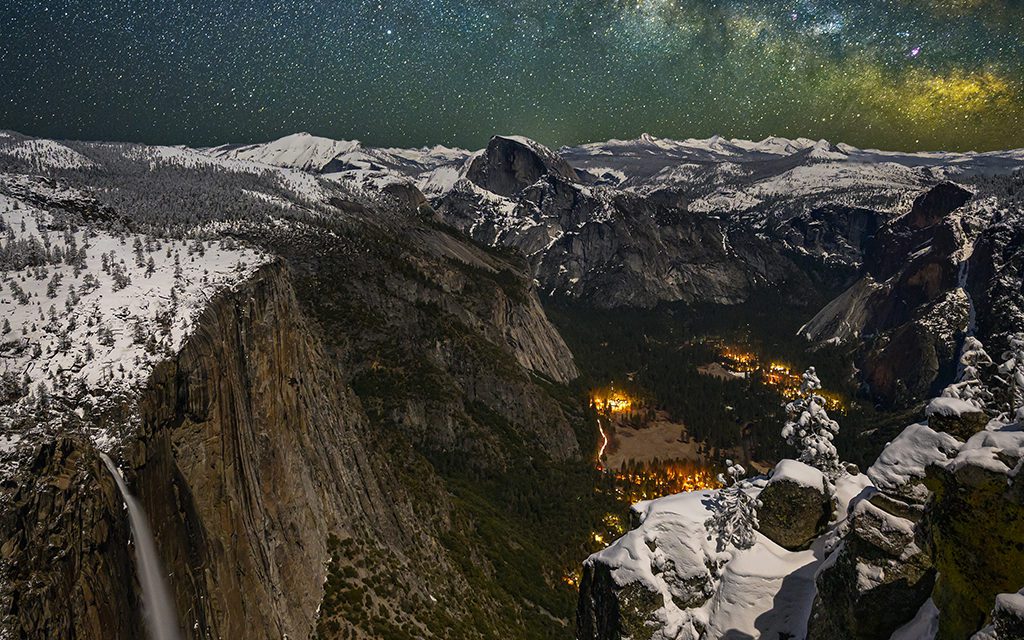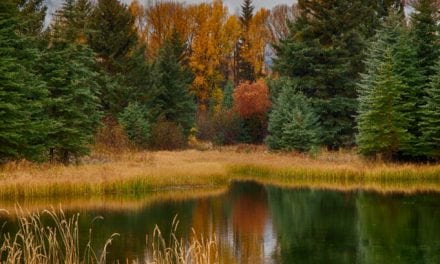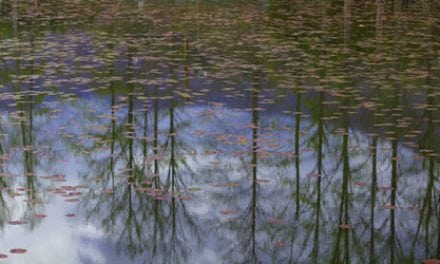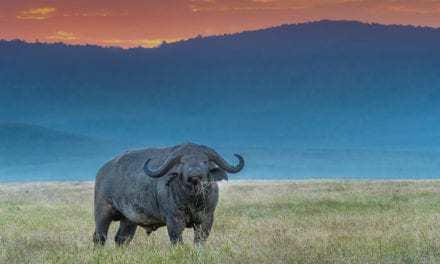The AF-S NIKKOR 14-24mm F2.8G ED for DSLRs has long been regarded by photojournalists as well as landscape and astro photographers as one of the sharpest fast, wide zooms on the market. Even the best lenses often have limitations. For the AF-S 14-24mm, those are its relatively large size and a spherical front element that can’t accept screw-mount filters. To be fair, these characteristics are typical of ultra-wide, fast zooms and are outweighed by the lens’s generous perspective and fast maximum aperture that’s great for low-light shooting—especially for photographing the night sky.
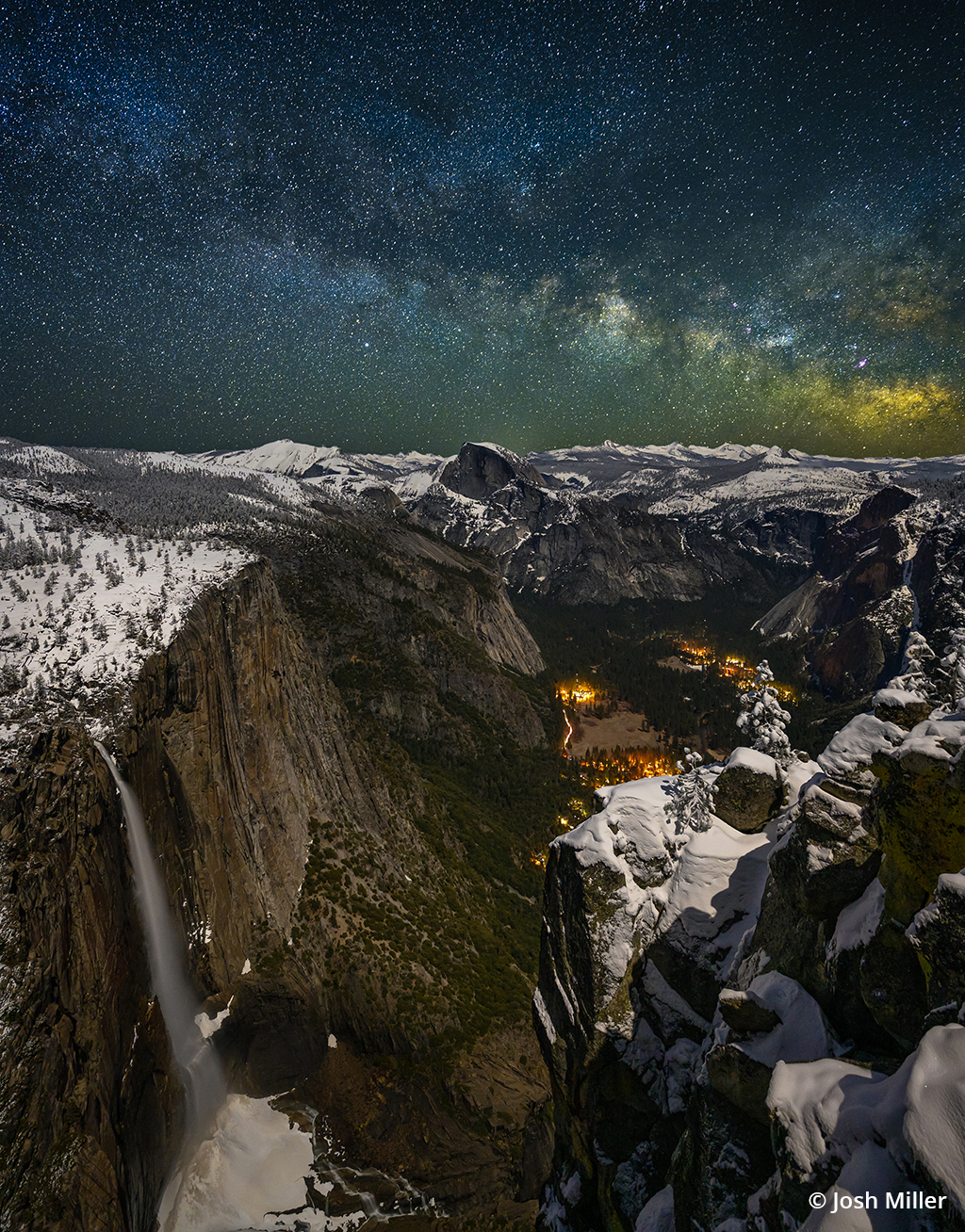
This image of Yosemite Valley from the rim is a blend of several exposures. All images were shot at ƒ/2.8 and 20 seconds using a Nikon Z 7. The foreground was a single exposure at ISO 4000, taken just before a tiny sliver of moon dropped out of sight behind me, giving the foreground a bit more light for proper exposure of the shadows with less noise. Once the moon disappeared, I made five more exposures, all at ISO 128,000 for the sky. In post-production, I merged the sky images using Starry Sky Tracker in order to have a single image with less noise. I then put the foreground and sky together in Photoshop.
An Ideal Zoom For Astrophotography
With the new NIKKOR Z 14-24mm f/2.8 S for the company’s Z mirrorless system, Nikon has introduced an even more impressive ultra-wide zoom that overcomes the AF-S version’s disadvantages. The NIKKOR Z 14-24mm f/2.8 S is sharper than its DSLR sibling, especially at the edges (even at 14mm and ƒ/2.8). It also exhibits less chromatic aberration and thus is even better shooting the night sky. But arguably, the biggest improvements for landscape shooters are found in its physical design.
The AF-S lens is a beast that weighs a little over 2 pounds—not something you necessarily wanted to hike with on your back for many miles. The NIKKOR Z 14-24mm f/2.8 S weighs nearly a full pound less and is physically smaller, too. The other big improvement is that its front lens element is not nearly as bulbous compared to the AF-S lens, which allowed Nikon to design a unique lens hood that accepts standard 112mm screw-mount filters. The lens hood is included with the lens, along with a smaller standard hood that doesn’t have the filter mount.
Nikon Z users have another ultra-wide zoom option, the NIKKOR Z 14-30mm f/4 S. For general landscape photography, the one-stop slower, lighter ƒ/4 lens is a great option, especially considering that it’s half the price of the ƒ/2.8. As with all the Nikon mirrorless lenses I’ve used, it is very sharp, and at typical landscape photography apertures like ƒ/8 and ƒ/11, you would be hard-pressed to tell the difference in image quality between it and the 14-24mm f/2.8 S. So, the choice between these two lenses really becomes a question of whether you need an extra stop of light for shooting night scenes or in other low-light conditions.
Lighter Than Its Predecessor
In the past, I was never willing to carry the huge ƒ/2.8 DSLR lens deep into the backcountry on multi-day trips because it weighed as much as an entire day’s worth of food. With the new version, I now have a lens light enough to bring with me on those trips that allows me to shoot the Milky Way at ƒ/2.8 without the excess burden.
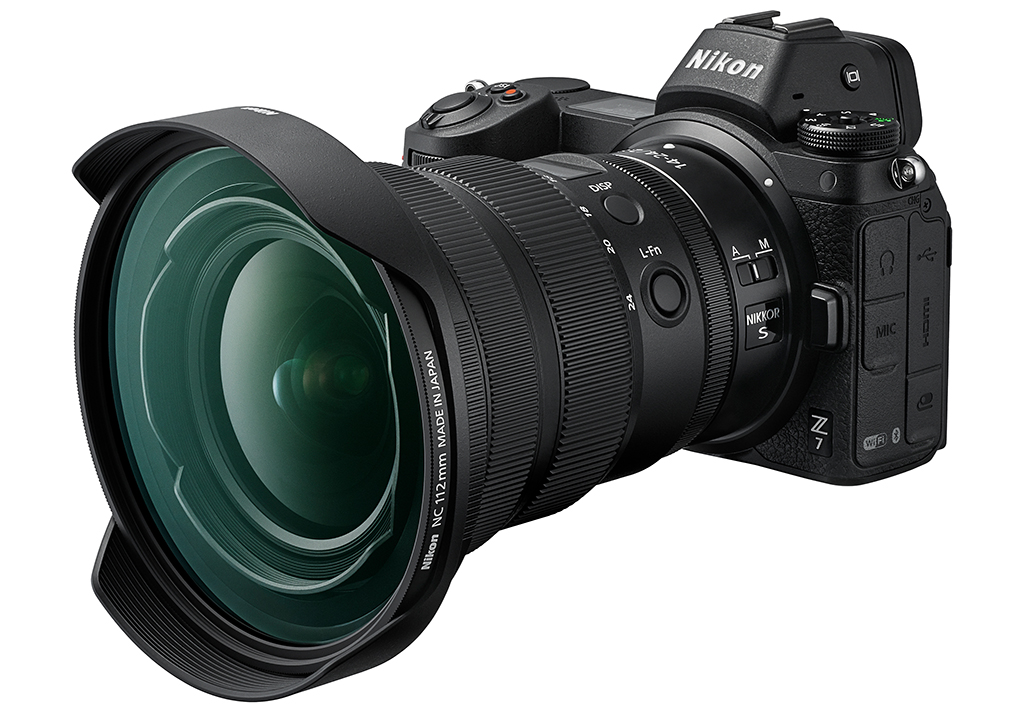
The NIKKOR Z 14-24mm f/2.8 S comes with two lens hoods, one of which has integrated filter threads—a unique feature for fast ultra-wide zooms.
Rarely have I been so excited about a new lens, and I don’t think I will be the only photographer who finds the NIKKOR Z 14-24mm f/2.8 S to be a game changer, with its mix of top-quality optics and compact size. I’ve been shooting with it for a couple of months now, and maybe the best conclusion I can offer is that I’m happy I bought one.
The post NIKKOR Z 14-24mm f/2.8 S For Astrophotography appeared first on Outdoor Photographer.

